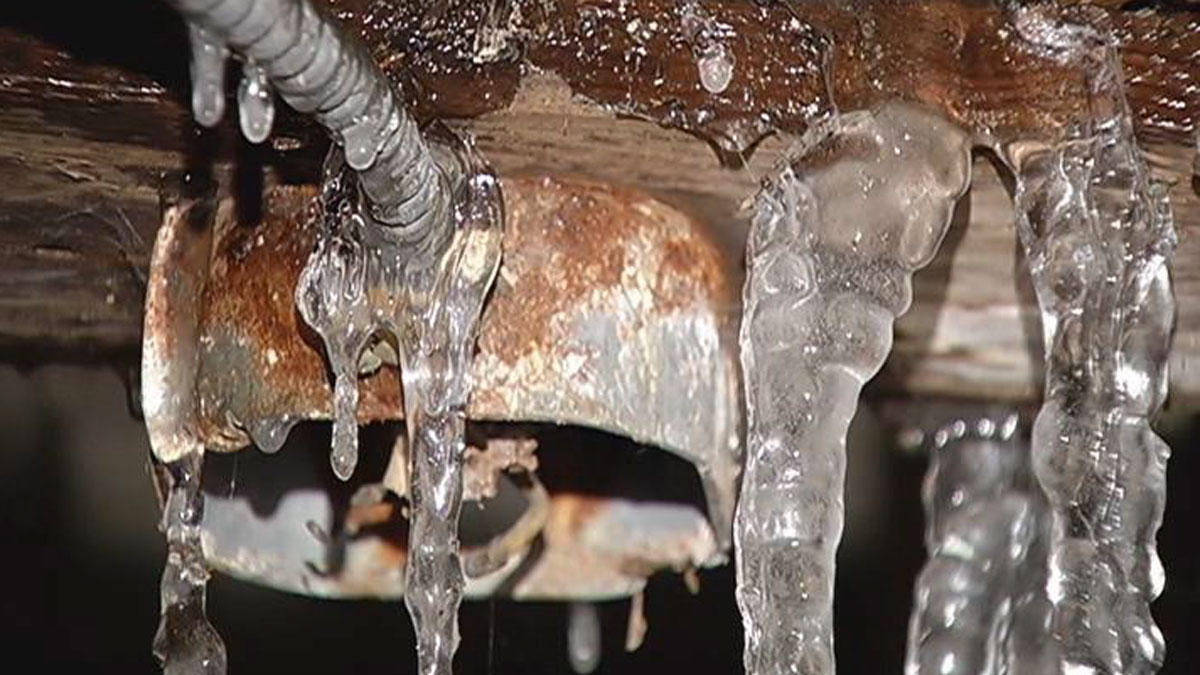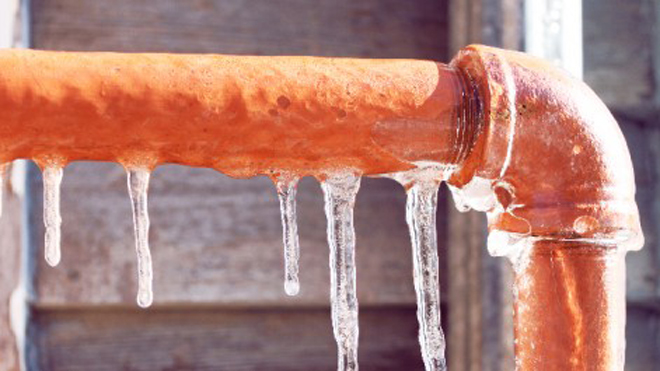Preventing Pipes from Freezing: Best Tips
Preventing Pipes from Freezing: Best Tips
Blog Article
The content on the next paragraphs on the subject of Preventing and dealing with frozen pipes is indeed attention-grabbing. Give it a go and make your own results.

Cold weather can wreak havoc on your plumbing, particularly by freezing pipes. Here's how to prevent it from happening and what to do if it does.
Intro
As temperature levels decrease, the risk of frozen pipelines boosts, potentially resulting in pricey fixings and water damage. Understanding just how to avoid frozen pipelines is important for property owners in chilly environments.
Comprehending Icy Pipes
What creates pipes to ice up?
Pipes ice up when exposed to temperature levels listed below 32 ° F (0 ° C) for prolonged periods. As water inside the pipelines ices up, it increases, putting pressure on the pipeline walls and potentially creating them to burst.
Dangers and problems
Icy pipes can cause water supply interruptions, building damage, and costly fixings. Ruptured pipes can flood homes and cause comprehensive structural damages.
Signs of Frozen Piping
Identifying frozen pipes early can prevent them from rupturing.
Exactly how to determine frozen pipes
Seek lowered water circulation from taps, uncommon odors or noises from pipes, and visible frost on revealed pipelines.
Prevention Tips
Insulating vulnerable pipes
Cover pipelines in insulation sleeves or utilize warm tape to safeguard them from freezing temperatures. Concentrate on pipelines in unheated or exterior areas of the home.
Heating methods
Keep indoor areas effectively heated up, specifically areas with pipes. Open cabinet doors to enable warm air to circulate around pipelines under sinks.
Protecting Exterior Plumbing
Yard hoses and outdoor faucets
Separate and drain yard hoses prior to winter. Set up frost-proof faucets or cover outdoor taps with shielded caps.
What to Do If Your Pipes Freeze
Immediate activities to take
If you think icy pipelines, keep faucets available to soothe stress as the ice thaws. Make use of a hairdryer or towels soaked in hot water to thaw pipes slowly.
Long-Term Solutions
Architectural adjustments
Think about rerouting pipes away from exterior wall surfaces or unheated locations. Include extra insulation to attics, basements, and crawl spaces.
Updating insulation
Invest in high-quality insulation for pipes, attics, and wall surfaces. Correct insulation aids keep constant temperature levels and reduces the danger of icy pipes.
Verdict
Avoiding frozen pipes calls for proactive measures and quick actions. By recognizing the reasons, indications, and safety nets, house owners can secure their plumbing during winter.
6 Proven Ways to Prevent Frozen Pipes and Protect Your Home
Disconnect and Drain Garden Hoses
Before winter arrives, start by disconnecting your garden hoses and draining any remaining water. Close the shut-off valves that supply outdoor hose bibs and leave the outdoor faucet open to allow any residual water to drain. For extra protection, consider using faucet covers throughout the colder months. It’s also important to drain water from any sprinkler supply lines following the manufacturer’s directions.
Insulate Exposed Pipes
Insulating your pipes is an effective way to prevent freezing. Pipe insulation is readily available at home improvement stores and is relatively inexpensive. Pay close attention to pipes in unheated areas such as the attic, basement, crawl spaces, or garage. Apply foam insulation generously to create a buffer against the cold. You can also wrap your pipes in heat tape or thermostat-controlled heat cables for added warmth.
Seal Air Leaks
Inspect your home for any cracks or openings that could let in cold air. Seal any holes around the piping in interior or exterior walls, as well as the sill plates where your home rests on its foundation. Additionally, make sure to keep your garage door closed unless you’re entering or exiting. Leaving it open creates a significant air leak that can lead to frozen pipes.
Allow Warm Air Circulation
During cold snaps, it’s essential to allow warm air to circulate evenly throughout your home. Leave interior doors ajar to promote better airflow. Open kitchen and bathroom cabinets to help distribute heat consistently around the rooms. If you have small children or pets, be sure to remove any household chemicals or potentially harmful cleaners from open cabinets for safety.
Let Faucets Drip
A small trickle of water can make a big difference in preventing ice formation inside your pipes. When temperatures drop significantly, start a drip of water from all faucets served by exposed pipes. This continuous flow helps prevent the water from freezing. Additionally, running a few faucets slightly can relieve pressure inside the pipes, reducing the chances of a rupture if the water inside does freeze.
https://choateshvac.com/6-proven-ways-to-prevent-frozen-pipes-and-protect-your-home/

I have been very involved in 6 Ways to Prevent Frozen Pipes and I'm hoping you appreciated the entire article. So long as you liked our page kindly do not forget to share it. Many thanks for being here. Come back soon.
Book Report this page